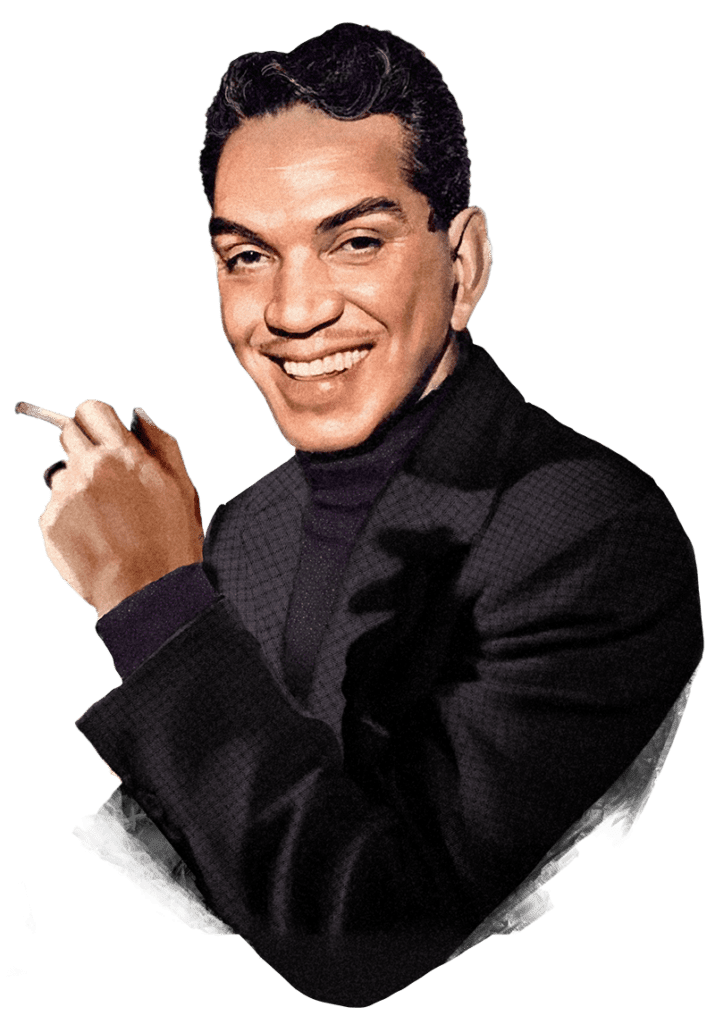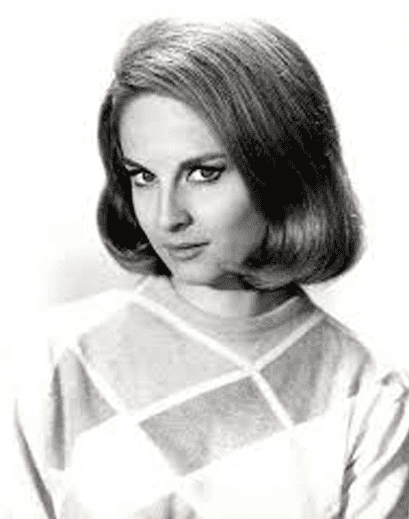Biography

His name was Mario Fortino Alfonso Moreno Reyes. He was a Mexican comedian, an actor, and a filmmaker. He became known professionally as Cantinflas, a name that would make him the most widely accomplished comedian in Mexico. He would be celebrated all over Latin America and Spain. Moreno broke into Hollywood fame, taking with him the Cantinflas icon. Cantinflas was especially loved by the Latin world for injecting humor into his films. He endeared himself to his countrymen, who loved the vocabulary, syntax, and Mexican intonation.
Cantinflas Birth Place
Cantinflas was born on August 12, 1911, in the traditional neighborhood of Santa Maria La Redonda in the Cuauhtémoc municipality of Mexico City. His parents were Pedro Moreno Esquivel, a poor mail carrier, and Maria de la Soledad Reyes Guízar. He grew up in close to Tepito, located in Colonia Morelos, a neighborhood taken over by the colorful open market called the tianguis.
How Many Siblings Did Cantinflas Have?
Cantinflas had 10 siblings—8 brothers and 2 sisters. It was a relatively large family of children. The males were named Pedro Marcelino, Jose Eufemio, Rafael, Gabriel, Eduardo, Julio, Roberto, and Enrique. And the females were Catalina, and Esperanza Moreno Reyes. Four of Cantinflas’ siblings died on account of miscarriages.
Cantinflas Education
Cantinflas’ parents enrolled him in a school in spite of their humble means. At the age of fifteen, his parents moved him to a school of agriculture, but 9 months after he began classes, Cantinflas ran away to Jalapa on the shores of the pacific ocean. Here, he joined a carpa show, a Mexican tent show. Thus began Cantinflas’ career as an actor.

How Did Cantinflas Get His Name?
Cantinflas took a while to find his footing in the world after dropping out of school. He was first a jack of all trades working as a bullfighter and a boxer. To conceal his new life from his parents, he picked a stage name. There are several stories explaining the origin of the name Cantinflas. The name lacks real meaning in Spanish.
One version says he got the name from a line said to him in a bar, “En La cantina, tu inflas,” which when translated means, “In a bar, you drink.” Years after, the name found its way into some Spanish dictionaries, which means “loveable clown.”
How Did Cantinflas Become Famous?
It was an arduous journey to fame for Cantinflas. He explored a number of careers like medicine and professional boxing before becoming a dancer. By 1930, Cantinflas was performing with a Carpa in Mexico. He went from Ofelia to Sotelo of Azcapotzalco. He was with Valentina Carpa when he met his wife, Valentina Ivanovna Zubareff. At first, he imitated a more popular actor named Al Jolson, an American comedian who shared a striking resemblance with Cantinflas.
Cantinflas soon assumed his identity as a poor slum dweller who wore baggy pants and a distinguishing mustache. In 1936 Cantinflas made his debut film titled “No Te Engañes Corazón” (Don’t Fool Yourself Dear). The film failed to get much attention until he met the publicist and producer Santiago Reach. Both men entered into a partnership with another man named Fernandez, and together they established Posa Films in 1939.
Following a few short films that developed the character known as Cantinflas, the group made a film in 1940 that finally shot Cantinflas into the international limelight. It was titled “Ahí Está el Detalle” (There’s the rub or translated literally, there lies the detail). The film became a huge hit, ascending to the front page of the Spanish magazine Somos which recognized it as the 10th greatest film ever produced in Mexico.
Cantinflas Becoming a Hollywood Star
Santiago Reach made Hollywood happen when he paid Columbia Pictures to produce films for them instead of Mexican companies. In the 1940s and 50s, Cantinflas had become famous; it was also his heyday. In 1956 Cantinflas made his debut appearance in Hollywood with the film Around the World in 80 Days. He was billed as the lead actor in many Spanish-speaking countries. This film earned him the world’s highest-paid actor at the time.
Cantinflas Accomplishments
As a Hollywood star, Cantinflas was privileged to work with other Hollywood stars. In his second Hollywood film titled Pepe, movie stars that made cameo appearances included Frank Sinatra, James Coburn, Debbie Reynolds, Judy Garland, Maurice Chevalier, Ricardo Montalban, Cesar Romero, and Shirley Jones.
He made several more Columbia Pictures produced films which included, El Analfabeto (1961), El Padrecito (1963), Su Excelencia (1967).
Columbia Pictures still brings in revenue from Cantinflas’ films distribution to this day.



Cantinflas Love Life
Cantinflas married only one wife, and her name was Valentina Ivanovna Zubareff. They were married between 1936 and 1966. Cantinflas was in a relationship with a woman named Iran Eory in 1969. He was also known to be in a relationship with actress Miroslava in 1947.
Other women came along as well. In 1959 Cantinflas had some connections with Marion Roberts (whom some say was the mother of Mario Arturo Moreno), Ramsey Ames, and Joyce Jett. In 1990 Joyce Jett brought a divorce lawsuit against Cantinflas, claiming $26 million. Cantinflas denied being married to Jett.





Cantinflas Death
Cantinflas married only one wife, and her name was Valentina Ivanovna Zubareff. They were married between 1936 and 1966. Cantinflas was in a relationship with a woman named Iran Eory in 1969. He was also known to be in a relationship with actress Miroslava in 1947.
Other women came along as well. In 1959 Cantinflas had some connections with Marion Roberts (whom some say was the mother of Mario Arturo Moreno), Ramsey Ames, and Joyce Jett. In 1990 Joyce Jett brought a divorce lawsuit against Cantinflas, claiming $26 million. Cantinflas denied being married to Jett.
Cantinflas Wife’s Death
Valentina Ivanovna Zubareff, Cantinflas’ wife, stepped away from active dancing shortly after married on December 15, 1934. She died at the age of 54 of bone cancer on January 5, 1966. Valentina Gregorieva Ivanova was born on October 27, 1915, in Moscow, Russia. Her parents fled Russia to Mexico, where they founded their own traveling theater called Carpa Valentina, which was where Mario Moreno Reyes, who became Cantinflas, met her.
Other women came along as well. In 1959 Cantinflas had some connections with Marion Roberts (whom some say was the mother of Mario Arturo Moreno), Ramsey Ames, and Joyce Jett. In 1990 Joyce Jett brought a divorce lawsuit against Cantinflas, claiming $26 million. Cantinflas denied being married to Jett.





